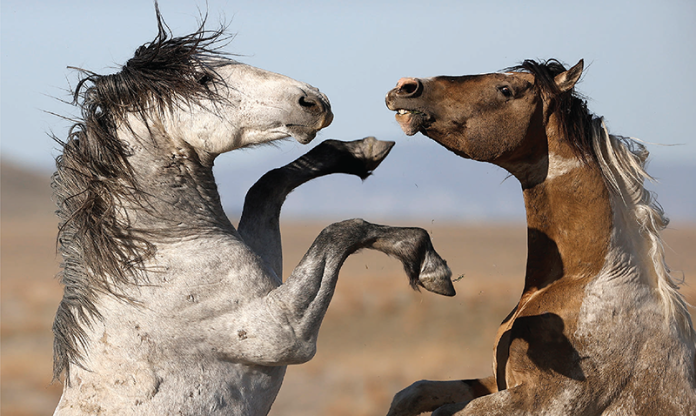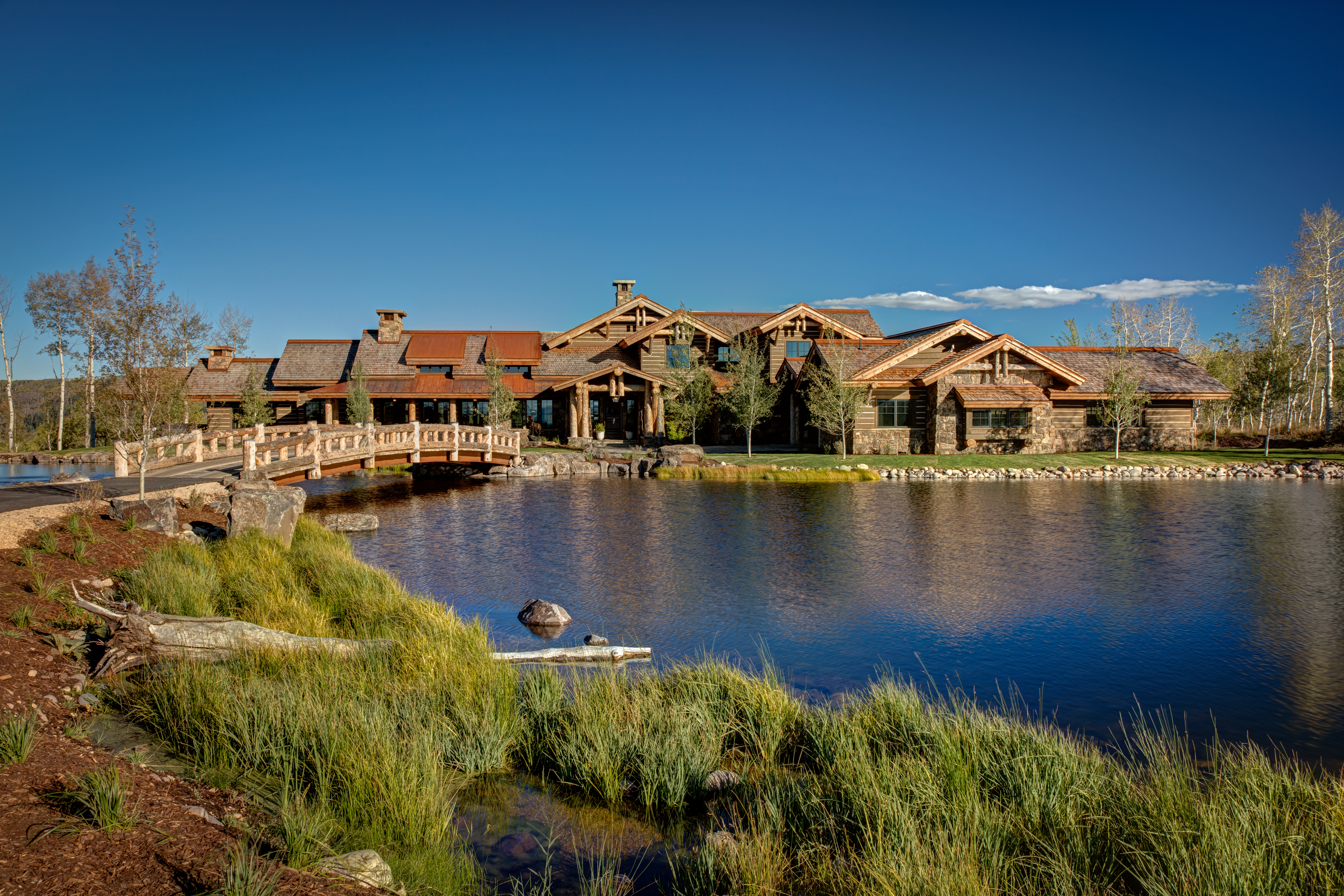UTAH’S WILD HORSE HERDS OFFER GLIMPSE INTO THE HISTORIC PAST
A trip to the “Wild West” and a glimpse into Utah’s historic past is just a car ride away for those who venture away from the resorts and into the West Desert, where a majestic herd of wild mustangs roam freely over more than 240,000 acres of dramatic desert landscape.
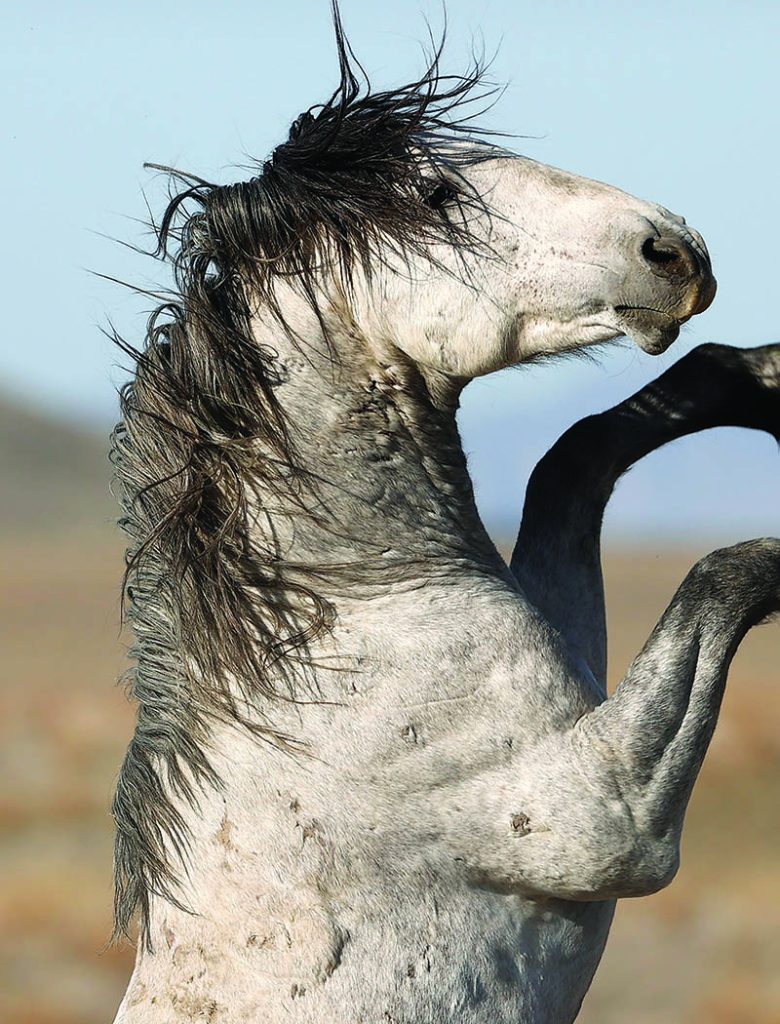
“They are simply breathtaking,” said Jeff Swinger, owner of Swingman Photo and a Bureau of Land Management (BLM) licensed guide for the West Desert. “You don’t have to be a horse person to appreciate how astonishing the surroundings are and the power and elegance of these gorgeous animals. What got me hooked was the first time I saw the stallions fighting—it was a heart-racing experience. But also seeing the mares with their foals, how nurturing they are, makes for remarkable moments.”
Utah is home to 19 herds of wild horses that date back to the 1800s, when domestic horses escaped from local ranchers and settled into free-range herds. These mustangs came to be considered an essential part of Utah’s public lands, and in 1971, Congress passed the Wild Free-Roaming Horses and Burros Act to protect these horses as “living symbols of the historic and pioneer spirit of the West.” Today, these wild horses live in herd management areas (HMAs) around the state, with the Onaqui Mountain herd providing one of the most accessible and reliable viewing opportunities.
Watering holes provide the best chances to observe horses’ natural behavior, and the BLM maintains these desert oases. But keep in mind that while watering holes are great places to view horses, they’re also an integral part of the ecosystem, and visitors are asked to observe respectfully and quietly.
However, wild horse herds are elusive, and Swinger notes that unless you know where to look, your mustang-viewing adventure could turn up futile. Horses frequently travel the same path, and the careful observer will notice worn-down brush and faint trails.
“It’s very easy to get lost or turned around out there,” said Swinger, who frequently takes individuals and leads photo workshops in the Onaqui Mountain HMA. “But I really enjoy the search—that’s part of the fun of it. It’s amazing when you roll up and they’re there, and it’s also just as fun to look for them. It’s all part of the adventure.”
Located in Tooele County, just one hour west of Salt Lake City, the Onaqui herd includes approximately 120 horses that live and graze within sight of the dirt roads that run along the old Pony Express Trail. Established in 1860, the Pony Express operated for 19 months and accelerated mail delivery from six to eight weeks by ship to mere days via horse and rider. The Onaqui herd’s roadside accessibility and historic location make them one of the most photographed and popular herds in the U.S.
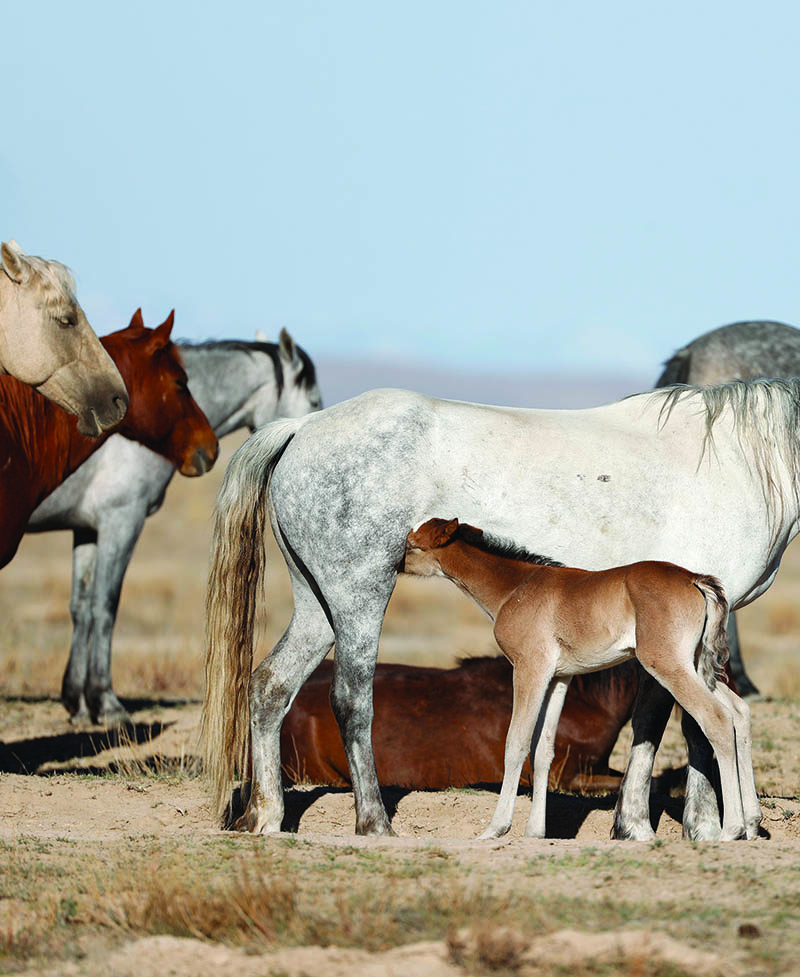
PLAN YOUR ROUTE
The Onaqui Mountain HMA is located about 60 miles southwest of Salt Lake City and extends from Johnson’s Pass south to Look Out Pass. The mustangs graze in the desert’s sagebrush-filled basins, stretching as far as the eye can see and bordered on either side by rolling mountain ranges.
Swinger explains that traveling through this dramatic landscape to reach the horses can often be difficult. Unpaved roads climb up and over mountain passes, while straightaways can be gutted by dips and ruts, and roads often require four-wheel drive and high clearance, so make sure your vehicle is up to the task.
Take the time to map out your route before you leave, checking road conditions ahead of time. Note that motorized travel is limited to established roads as the land you’ll visit is a fragile desert environment. Also, don’t hesitate to contact the BLM Field Office as knowledgeable staff can provide specific details, maps and may offer valuable insight into recent herd sightings.
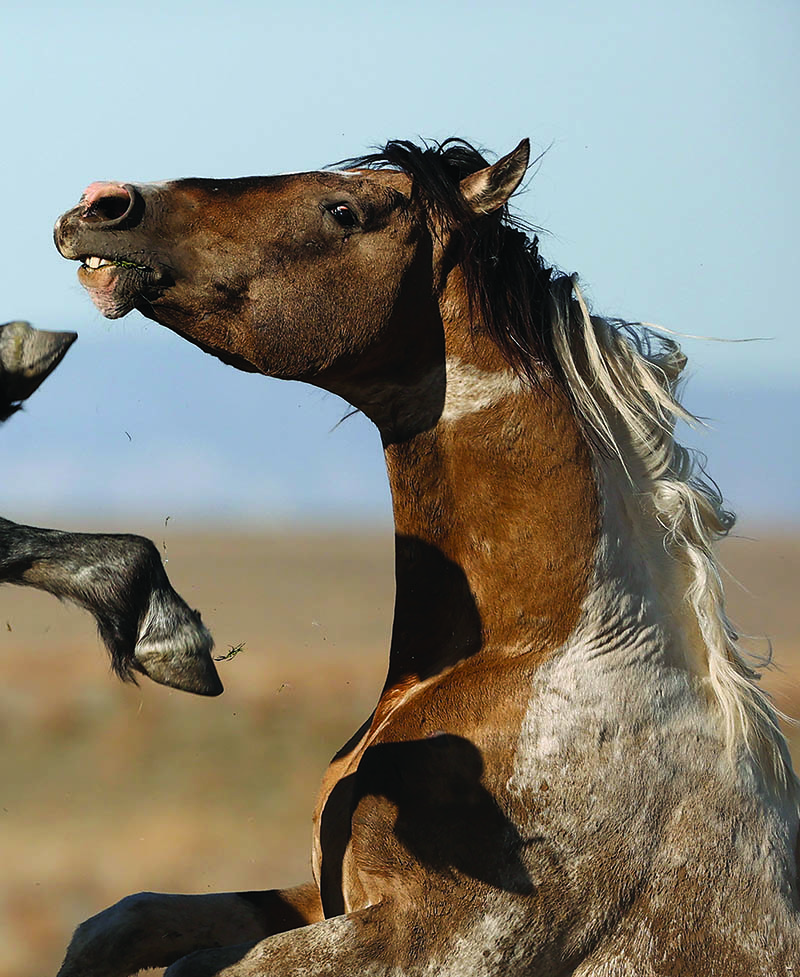
BE PREPARED
For any excursion into the backcountry, be sure your vehicle is tuned and gas tank full, and gear up with extra water, food, gas, spare tire and tools, as cell phones can have unreliable reception in the desert.
Check recent weather conditions, especially during the winter or rainy season. Roads can become washed out and impassable after heavy rains, and in the summer, temperatures can rise to more than 100 degrees, with no opportunity for shade. Note: High temperatures are not only dangerous for visitors, but they also decrease horse activity. Plan to visit in the morning or evening for your best chance at sighting the horses.
Lastly, like any outdoor adventure, tell someone your travel plans and share a copy of your intended route.
RESPECT THE HERD
Although many of the Onaqui wild horses are accustomed to close human presence, they are prey animals and instinctively wary of people. Do not approach closer than 100 feet, as the horses’ special character can be changed by frequent and close contact with humans. Do not feed or pet the horses and maintain a respectful viewing distance. Treat horse sightings like any other wildlife encounter: Never get between a mama and her baby, or a stallion and his mares.
Keep in mind that animals have the right of way, and it’s your responsibility to move if a horse gets too close. Mustangs are gentle but powerful, and if spooked, could cause injury. Never chase a horse or provoke them for the sake of photos. BLM suggests limiting your time there so that mustangs continue to feel comfortable in this vital environment. Engage in respectful behavior—move slowly and speak in whispers—and the horses will behave more naturally. Turn your vehicle off while viewing horses to help keep the noise down. Lastly, leave the pup at home for this adventure, but if you do end up traveling with your dog, keep them on a leash at all times in the HMA.
GETTING THERE
Several routes lead into the Onaqui Mountain HMA, but one recommended route is to take I-80 West from Salt Lake City to Exit 77 (UT-196, Iosepa/Dugway). Turn left at the stop sign and continue south along UT-196 to the Dugway Proving Grounds main gate. Access the dirt road that runs south, located immediately west of the church, and continue south to Pony Express Road, then head west toward Simpson Springs.
Once you’re out on those dusty backroads, expect to encounter fences and gates, which restrict the movement of both cattle and horse herds. Always check for signs and close the gate behind you.

